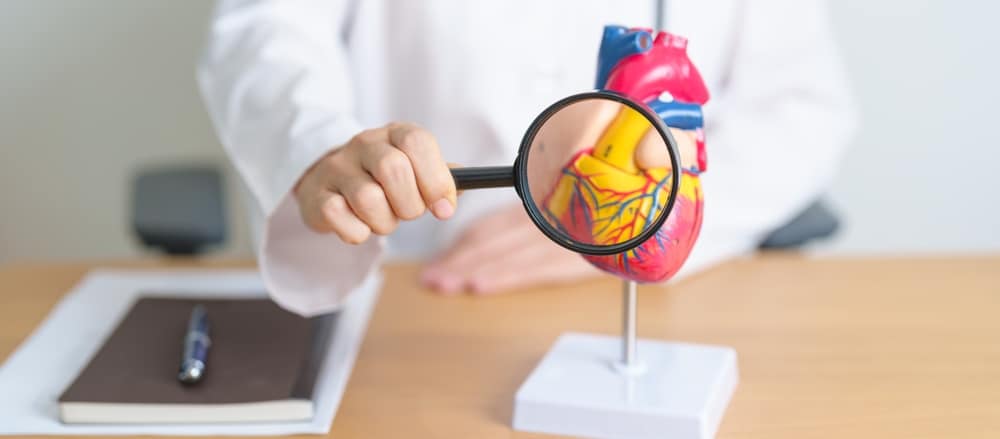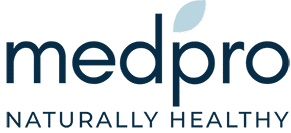Healthy blood vessels are important for the transportation of oxygen, nutrients and messenger substances to every part of the body. Having a strong cardiovascular system greatly reduces the risk of illness.

Why do we need blood vessels?
The blood vessels are an interconnected network through which blood reaches every region of our body. This network is driven by the heart, which beats around 100,000 times a day. It pumps around 10,000 liters of blood through this network. This supplies the skin, muscles, lungs, liver, spleen, intestines, brain and the heart itself with oxygen, nutrients, hormones and other messenger substances.
In addition to supplying vitamins, minerals and messenger substances, the main task of the blood vessels is to supply oxygen. There are different types of blood vessels in the body for this purpose. Arteries, arterioles and the smallest arterial blood vessels, the so-called capillaries, transport oxygen-rich blood from the heart to every part of the body. Venules and veins absorb carbon dioxide from the tissue and transport it to the lungs, where it is finally exhaled. The hemoglobin of the red blood cells “carries” the oxygen and finally absorbs the carbon dioxide that is exhaled.
How are blood vessels structured?
The larger blood vessels consist of several layers;
- Tunica intima: It consists of longitudinal endothelial cells that serve the exchange of gas, fluid and substances between the blood and the other layers.
- Tunica media: This consists of a more or less thick layer of smooth muscle and elastic connective tissue.
- Tunica externa: This tissue surrounds the blood vessels on the outside. Thicker blood vessels contain even the smallest blood vessels in this area, through which they are supplied with nutrients.
The smallest blood vessels, such as capillaries, consist of only one endothelial layer. They are permeable to oxygen and other substances.
All arteries, but also some veins, are able to change the blood flow by contracting the muscle layer. However, these contractions cannot be controlled consciously, but only via the autonomic nervous system. This leads to vasodilation or vasoconstriction.

Why do organs and tissues receive different amounts of blood?
The individual organs receive different amounts of blood, depending on their activity. The amount of blood that individual areas of the body receive is expressed in cardiac output. Cardiac output (HMV) is the amount of blood that the heart pumps through the bloodstream in a certain period of time.
- The intestines and skeletal muscles, for example, cannot be well supplied with blood at the same time. That’s why you should wait a little after eating before exerting yourself physically.
- The kidneys are supplied with plenty of blood in relation to their size. They receive about 25 % of the cardiac output. This is because they “cleanse” the blood and waste products and toxins are excreted via the kidneys.
- Some organs, such as the brain, always receive the same amount of blood. Approximately 12 % of the HMV is constantly delivered to the brain. This is because the body’s “control center” reacts very sensitively without oxygen. Brain cells die without oxygen and can no longer regenerate.
What diseases of the blood vessels are there?
Cardiovascular diseases and diseases of the blood vessels are among the most common diseases of civilization. Varicose veins or blood clots in the veins, known as venous thrombosis (blood clots), can prevent blood flow in the legs. They can also promote heart attacks, pulmonary embolisms or strokes. Inflammatory diseases of the arteries, known as vasculitis, can lead to turbulence in the blood flow. Such inflammations are also a risk factor for thrombosis.
How can you strengthen your blood vessels?
Healthy blood vessels are the basis for a functioning cardiovascular system. A healthy and varied diet, exercise moderate alcohol consumption and not smoking help to keep the risk of vascular disease as low as possible.
Above all, you can strengthen your blood vessels and your heart by eating a diet rich in vitamins, minerals, trace elements and secondary plant substances. Heart-healthy foods” include nuts because of their healthy fats, garlic because of its alleged cholesterol-balancing effect, bananas because of their high potassium content and olive oil because of its high flavonoid content.
Phytopreparations can be used to create a good basis for healthy blood vessels. CA-Statin contains valuable proteoglycan molecules from field bindweed, which support strong blood vessels and can regulate the formation of new blood vessels.
Would you like to find out more? Then contact our experts and get CA-Statin right away and support your blood vessels!



